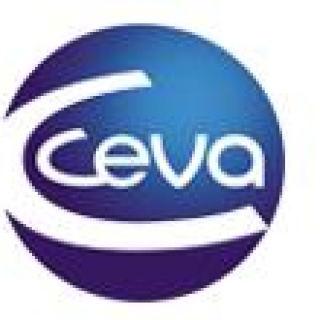A new FAO-led partnership is looking to improve how the environmental impacts of the livestock industry are measured and assessed, a necessary first step in improving the sustainability of this important food production sector.
Yet, as the global consumption of meat, dairy products and eggs continues to rise, increasing attention is being paid to the livestock sector's environmental performance - such as the efficiency with which it uses scarce natural resources, its impact on water resources, and how it contributes to climate change.

At the recent Rio 20 sustainable development conference, governments agreed on the necessity of making agricultural production more sustainable, and stressed in particular the need to shift to more sustainable livestock production systems.
Currently, many different methods are being used to measure and assess the environmental impacts of animal raising, making it difficult to compare results and set priorities for the continuous improvement of environmental performance along supply chains.
"We must establish a shared understanding of how to assess the environmental performance of the livestock sector," said Pierre Gerber, a Senior FAO livestock policy officer. "The goal is to improve that performance, and create more sustainable forms of production that will continue to provide food and income. To do that, we need reliable quantitative information on key environmental parameters along livestock supply chains, as an evidence base from which to drive improvements."
Collaborative effort
FAO and governmental, private-sector, and nongovernmental partners will work together on a number of fronts to strengthen the science of environmental benchmarking of livestock supply chains.
Activities planned for the initial three-year phase of the project include:
• Establishing science-based methods and guidelines on how to quantify livestock's carbon footprint, covering various types of livestock operations and rearing systems;
• Creating a database of greenhouse gas emission factors generated for the production of different kinds of animal feed - feed production and use offer significant opportunities for reducing livestock emissions.
• Developing a methodology for measuring other important environmental pressures, such as water consumption and nutrient losses.
• Initiating a communications campaign to promote use of the partnership's methodologies and findings.
Among the founding members of the partnership are: the governments of France, Ireland, the Netherlands and New Zealand, The European Feed Manufacturers' Federation (FEFAC), the European Vegetable Oil and Proteinmeal Industry (FEDIOL), the International Dairy Federation, (IDF) the International Meat Secretariat (IMS), the International Egg Commission (IEC) the International Poultry Council (IPC), the International Federation for Animal Health (IFAH), and the World Wildlife Fund (WWF).
T
Wednesday 4 July, 2012. FAO.
http://www.fao.org/




